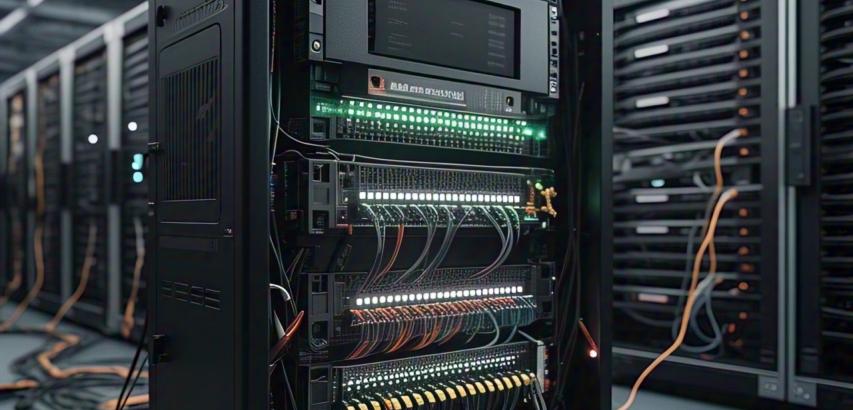Network switching is a critical process in modern computer networks, enabling efficient data transmission between devices. It involves directing data packets from a source to a destination through interconnected nodes, typically using switches—devices that operate at the Data Link Layer (Layer 2) or Network Layer (Layer 3) of the OSI model.
Key Concepts
Switch Functionality:
A network switch connects devices (e.g., computers, printers) within a Local Area Network (LAN). Unlike hubs, which broadcast data to all ports, switches intelligently forward data only to the intended recipient using MAC addresses, reducing congestion and improving security.
MAC Addresses:
Each network interface card (NIC) has a unique Media Access Control (MAC) address. Switches learn and store these addresses in a MAC address table to map devices to specific ports.
Types of Network Switching
Circuit Switching
Establishes a dedicated physical path between sender and receiver (e.g., traditional telephone networks).
Guarantees consistent bandwidth but is inefficient for bursty data traffic.
Packet Switching
Breaks data into packets routed independently across shared networks.
Connectionless (Datagram): Packets take varied paths (e.g., IP networks).
Connection-Oriented (Virtual Circuits): Predefined path setup (e.g., MPLS, ATM).
Switching Methods
Store-and-Forward
Waits to receive the entire frame before forwarding. Checks for errors (CRC) but introduces latency.
Cut-Through
Begins forwarding as soon as the destination MAC is read, minimizing latency but ignoring error checks.
Fragment-Free
A compromise: checks the first 64 bytes of a frame (where errors often occur) before forwarding.
Layer 2 vs. Layer 3 Switching
- Layer 2 (Data Link Layer):
Uses MAC addresses to forward frames within the same LAN. Ideal for basic segmentation (VLANs) and reducing collision domains. - Layer 3 (Network Layer):
Combines switching and routing by using IP addresses. Enables inter-VLAN routing and improves scalability in large networks.
Applications
Enterprise Networks: Segments traffic via VLANs, enhancing security and performance.
Data Centers: Connects servers and storage systems with high-speed, low-latency links.
ISPs: Aggregates traffic from multiple users and routes it efficiently.
Benefits
Efficiency: Reduces collisions and bandwidth waste.
Scalability: Supports large networks through hierarchical designs.
Security: Isolates traffic via VLANs and port security features.
Challenges
Configuration Complexity: Managed switches require expertise for VLANs, QoS, and security.
Cost: Advanced switches (e.g., Layer 3) are expensive.
Single Points of Failure: Redundancy protocols (e.g., Spanning Tree Protocol) are essential.
Evolution & Trends
Software-Defined Networking (SDN): Decouples control and data planes for dynamic network management.
Cloud Switching: Virtual switches in cloud environments optimize resource allocation.
Network switching is foundational to modern connectivity, balancing speed, reliability, and scalability. From basic Layer 2 switches to advanced SDN-driven architectures, it continues to evolve, addressing the growing demands of global communication.
 |  |  |
